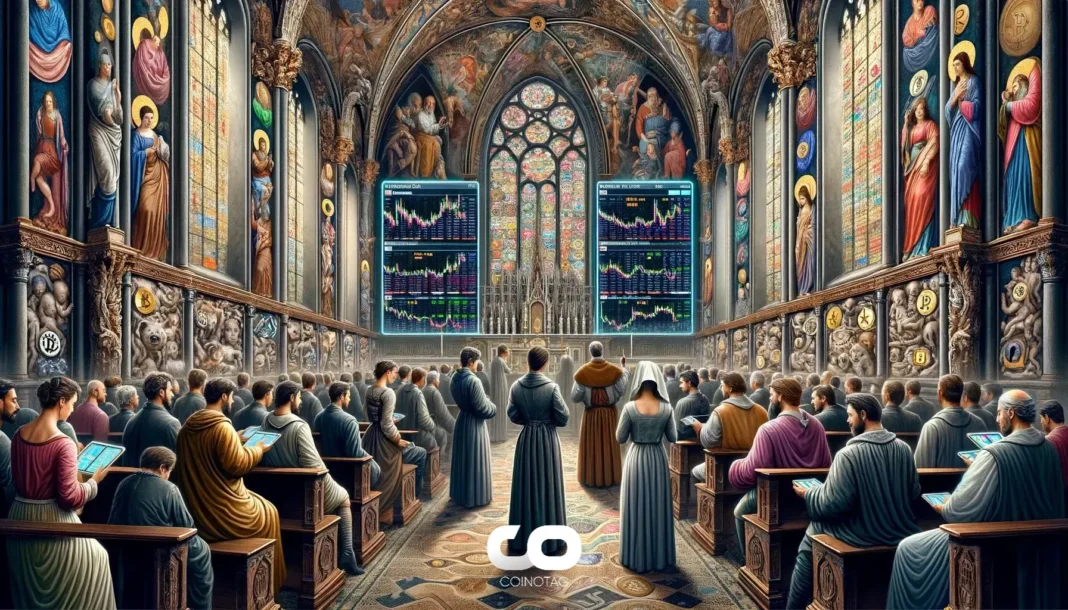Ethereum price stuck near $4,000 because exchange reserves are falling while sellers keep matching buyers, creating balance. Shrinking liquidity and clustered short positions above current levels raise the odds of a rapid upside short squeeze if buying pressure increases.
-
Exchange reserves down: fewer coins on exchanges can amplify moves.
-
Short liquidation clusters sit above price, creating upside squeeze potential.
-
On-chain flows and TradingView indicators show weaker volume, but momentum setup is fragile.
Ethereum price stuck near $4,000 as exchange reserves fall but sellers remain; watch short clusters and on-chain flows for a potential squeeze. Read the full analysis and key takeaways.
What is causing Ethereum’s price to stay flat despite falling exchange reserves?
Ethereum price is flat because withdrawals from exchanges have reduced liquidity, but sellers continue to match new bids, keeping the market in equilibrium. On-chain flows show steady outflows, yet order-book pressure and matched selling prevent a decisive breakout.
Could Ethereum see a short squeeze soon?
Yes. Data from CryptoQuant indicates most downside liquidity is absorbed, while liquidation clusters are stacked above the current price. If demand triggers a modest upward move, forced short-covering could cascade, producing a sharp, rapid rally. This dynamic often precedes volatile upside moves.
Ethereum [ETH] is exhibiting signs of preparation for a move higher. Over recent sessions, exchange reserves declined as investors moved ETH into self-custody and staking. At the same time, active sellers matched buyers, holding price near $4,000.

Source: CryptoQuant
With downside liquidity largely absorbed, the missing element is a catalyst. Small influxes of buy-side demand could rapidly shift the balance and force short positions to cover. Traders watching open interest and liquidation heatmaps should be prepared for quick moves.
How are short positions positioned right now?
Shorts are crowded above the current market; most liquidation clusters sit higher than the spot price. That configuration increases upside squeeze risk because shorts must buy back into a rising market to stop losses, accelerating price gains.

Source: CryptoQuant
In simple terms, a modest upward move could trigger short squeezes and stop-loss cascades. That’s how sharp rallies form quickly after periods of apparent stagnation.
Why aren’t falling exchange reserves pushing ETH higher now?
Falling exchange reserves typically reduce sell-side depth, which is bullish. However, immediate sellers can still meet buy orders off-exchange through OTC desks or market makers. Until fresh net demand appears, price can remain range-bound despite lower reserves.
When new demand arrives, lower reserves will likely amplify upward momentum. For now, the market is in a delicate equilibrium where balanced on-chain outflows and matched selling keep ETH contained.
What do technical indicators suggest about momentum?
Price has been holding just above $4,000. The RSI near 38 signals limited bullish momentum, while OBV softness shows volume support has cooled. The 200-day EMA sits close to price, a level that often precedes decisive moves.

Source: TradingView
The proximity to the 200-day EMA makes the setup fragile. A small push could flip momentum quickly and catch short sellers off guard.
Frequently Asked Questions
How do exchange reserves affect Ethereum’s price?
Lower exchange reserves reduce on-exchange sell liquidity, which can amplify price moves when new demand arrives. However, immediate price action depends on whether sellers continue matching incoming buys.
How can I spot a potential ETH short squeeze?
Look for concentrated short liquidation clusters above price, falling exchange reserves, rising buy volume, and rapid decreases in open interest. Those signals together increase short squeeze probability.
Key Takeaways
- Exchange outflows: Declining reserves reduce sell-side depth and can amplify moves when demand returns.
- Short clusters above price: Most liquidation targets sit higher, increasing upside squeeze risk if price rises.
- Technical setup: RSI and OBV show weak volume support; 200-day EMA is a pivotal level to watch.
Conclusion
Ethereum’s price remains stuck because withdrawals lowered exchange reserves while sellers still match demand. The combination of thin downside liquidity and clustered shorts above the market increases the chance of a rapid upside squeeze if buying pressure resumes. Monitor on-chain flows, liquidation maps, and TradingView indicators for early signals.





